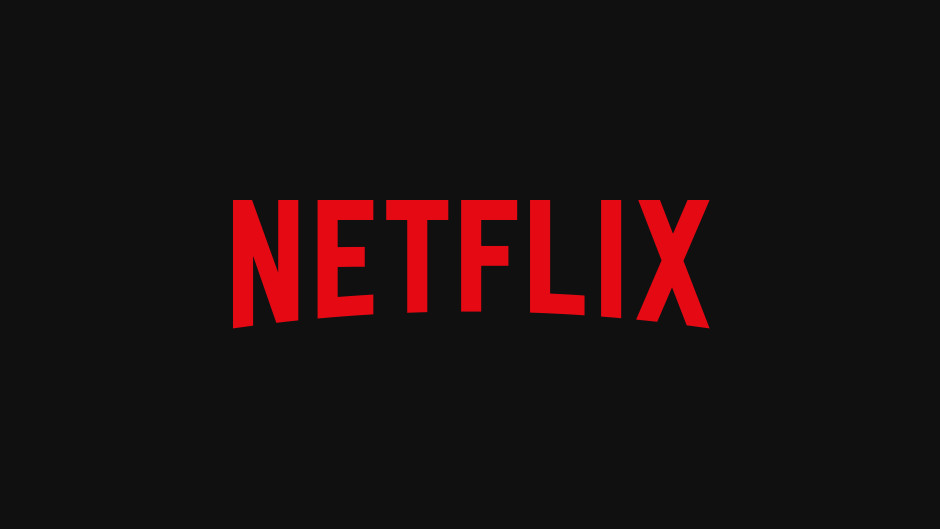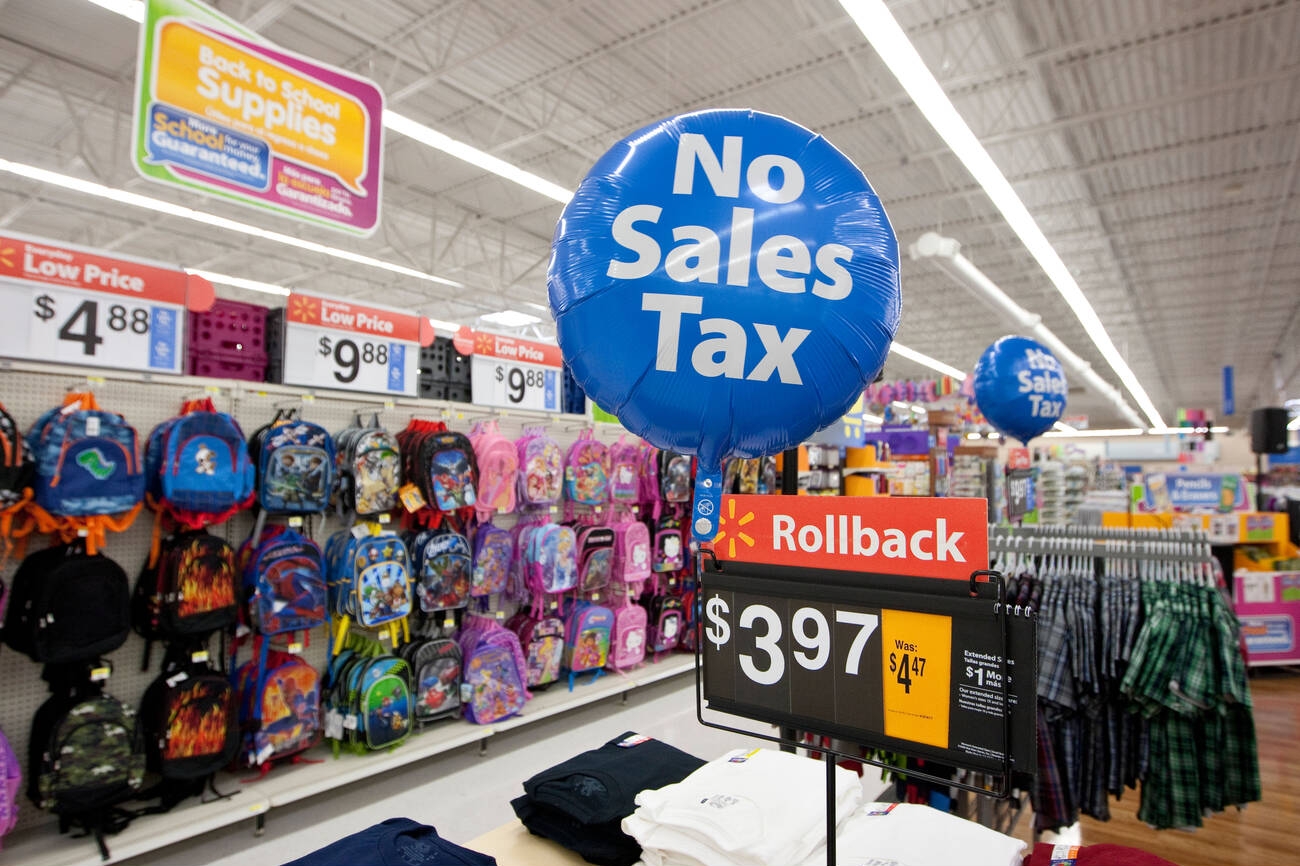By Toby Bargar.
After years of saying it would absolutely, positively — well, probably — never air ads during its programming, Netflix now is moving in the opposite direction and viewers could see an ad-supported Netflix option before the end of 2022.
The reason is simple: Now that pandemic restrictions have eased, fewer people are stuck at home binge-watching “Stranger Things” or “Bridgerton.” That’s led to falling subscriber numbers — and revenue.
The change has been talked about since Netflix’s first quarter earnings report.
What hasn’t been talked about much is how this change could affect state and local government collection of communications taxes on streaming services.
Have we reached peak streaming?
An internal memo leaked to The New York Times in May said the company will roll out a new lower-price, ad-supported tier in the fourth quarter of this year. The move would come in conjunction with changes designed to limit password sharing.
Senior executives confirmed in June that Netflix is moving quickly to roll out the ad-supported service option.
Exactly what it will look like is unclear. Most observers think the logical approach would be a partnership with a company that specializes in digital advertising.
Industry watchers say the streaming market is saturated and the only way to sustain revenues is to offer subscribers a lower-cost ad-supported option. HBO did this with its HBO Max streaming service. Today you can watch it ad-free for one monthly rate, or pay less to watch programs with breaks for advertising.
Netflix leaders had opposed such a move in the past. They argued that building up an advertising business to take on giants like Google, Facebook, and Amazon, which dominate the digital advertising space, would complicate their business and take focus away from their core mission of developing must-see streaming content.
However, industry analysts seem to think this is the future of streaming services: offering viewers the ability to opt for commercial-free services or those with commercials. HBO Max made the move about a year ago; Disney+ has announced plans for a lower-cost, ad-supported option. Peacock, Paramount+, and Discovery+ all came into the market with these sorts of mixed premium and ad-supported options.
Meanwhile, rumors are flying about who the potential Netflix partner could be. NBC Universal and Google are two getting mentioned a lot. Another reported candidate is The Trade Desk; former Netflix CFO David Wells is on the board of directors for the digital marketing company.
Free ad-supported streaming services gain subscribers
Another factor facing Netflix and its premium rivals is the growth of fully ad-supported services that stream free content.
There are a mix of business models for these free services: Some are affiliated with the companies that build video monitors, while others are affiliated with larger streaming services, television networks, or movie studios. Most provide a mix of older content — classic Hollywood movies and TV shows — with some newer shows. For example: If you were wondering what happened to Judge Judy, she’s on Amazon Freevee (the recently rebranded IMDb TV) as both star of her own rebooted show and executive producer of a new one.
Netflix and its closest competitors — Amazon Prime Video, HBO/HBO Max, and Disney+ — hold more than two-thirds of the streaming market. But smaller ad-supported services are gaining new subscribers faster, some recent data indicates. And that’s not terribly surprising: With all the economic uncertainty right now, canceling a premium streaming service that we’re not watching as much as we did in 2020 is an easy way to save money, especially when we can find potentially interesting shows on a free-to-watch ad-supported service.
Changes in streaming service revenues could affect tax collections
States and local jurisdictions still are adjusting to the way streaming services have cut into the tax revenues they had come to expect from cable television service providers. We’ve written about this often in recent years, as American states and Canadian provinces enacted new taxes on streaming services, or went to court in attempts to extend existing taxes to cover the new technology.
Now, just as some of that seems to have been settled, changes in the industry and our broader economy are combining to bring streaming service revenues down, which means communications taxes that are attached to revenues from subscriptions are no longer going to bring in as much as governments anticipated.
States and local jurisdictions may have to go back to the drawing board (again), which likely will create new uncertainty and complexity for players in the industry.
We have a whitepaper that can help companies understand the way to help minimize the risk of communications taxes. For a deeper dive, check out our on-demand webinar about streaming tax complexity.
Thanks for reading CPA Practice Advisor!
Subscribe Already registered? Log In
Need more information? Read the FAQs
Tags: Sales Tax




